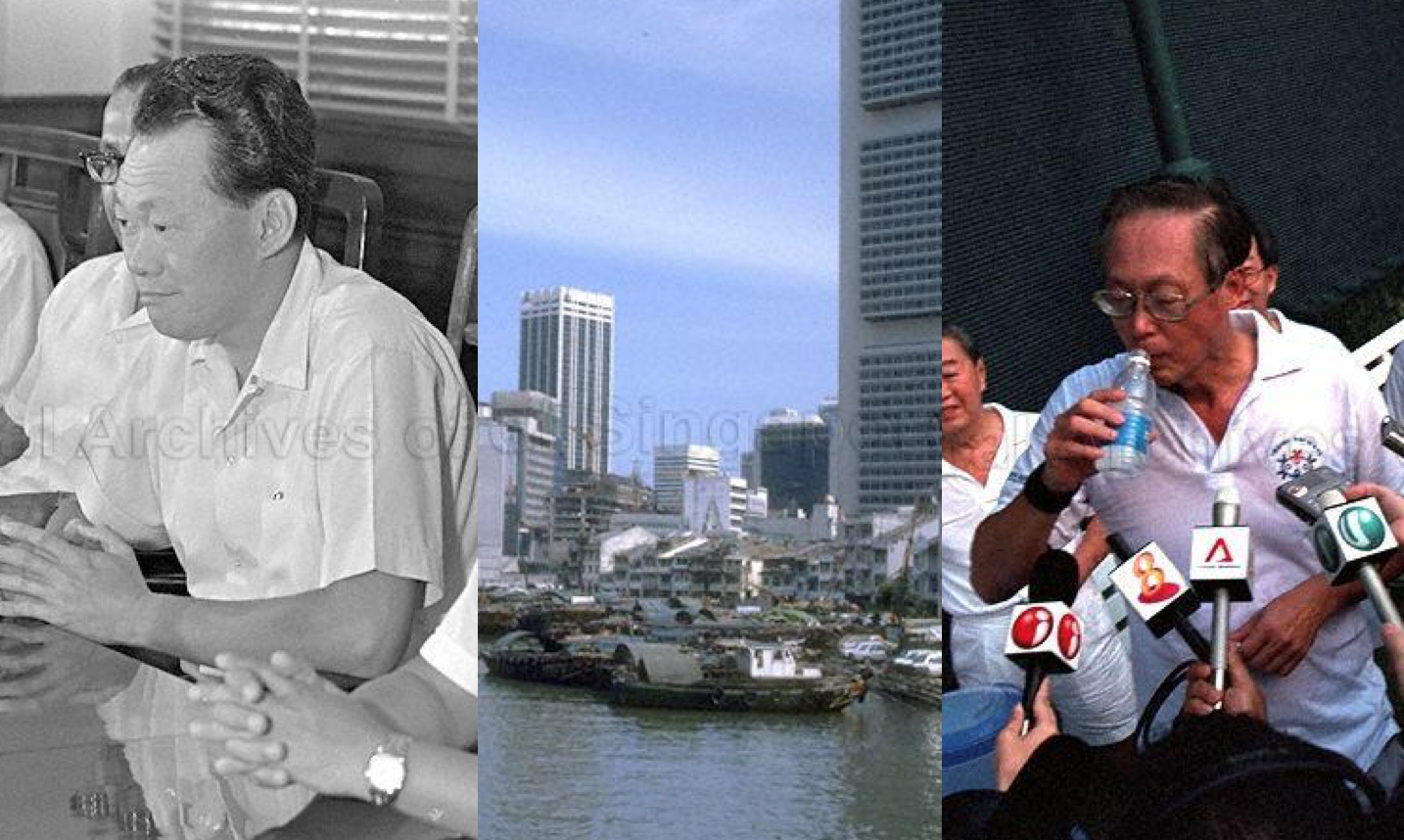For a small island like Singapore, where its population has grown to more than 5 million, there is a constant struggle to keep the water supply running without having to rely on another country to provide it.
Singapore has come very far in its epic journey towards water independence, and this was chronicled in a video released by Gov.sg on Aug. 28.
Here's a timeline of our water story with reference to the video.
1961 - 1962: Water agreements with Malaysia
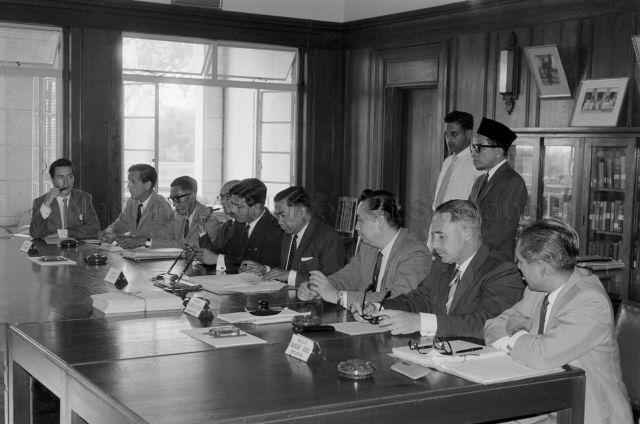 Photo from NAS
Photo from NAS
The 1961 agreement gave Singapore the right to draw water from Malaysia up till 2011 (expired already). Singapore also agreed to provide Johor with a daily supply of treated water up to 12% of the raw water that was supplied.
In 1962, another water agreement was signed with Malaysia which gave Singapore the right to draw up to a maximum of 250 million gallons per day from the Johor River until 2061. Instead of 12%, Johor was entitled to a daily supply of treated water of up to 2%.
1965: Independence
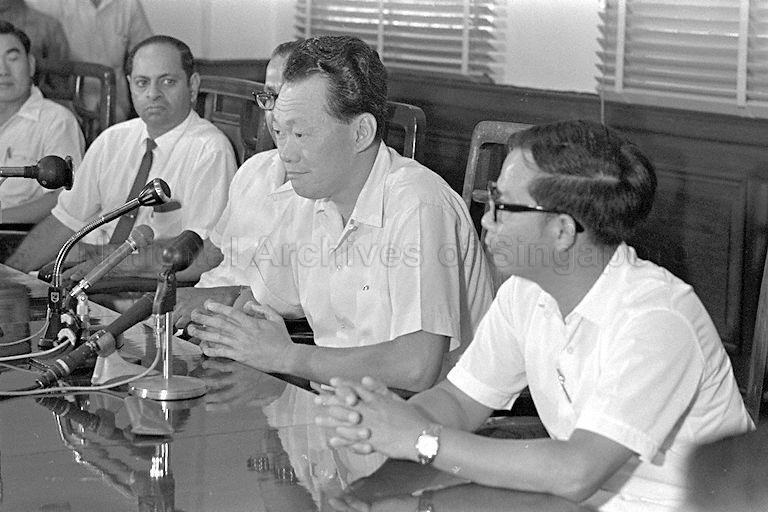 Photo from NAS
Photo from NAS
When Singapore separated from Malaysia and became independent, it only had two water sources: imported water and our existing reservoirs.
Founding prime minister Lee Kuan Yew saw the need to diversify and increase our water sources to mitigate water insecurity. This included expanding our local catchment areas and ensuring that we had a proper sewerage infrastructure.
Late 1960s: Sewerage Master Plan
An expansion of the island's sewerage network was implemented to ensure that the dirty water would not contaminate the catchment areas.
1974: Experimentation with reclaiming water
The first glass of reclaimed water was drunk that year.
However, the treatment plant was shut down the next year because the production process was too costly. There were also reports of the water having a strong ammonia smell.
1977: Singapore River cleanup
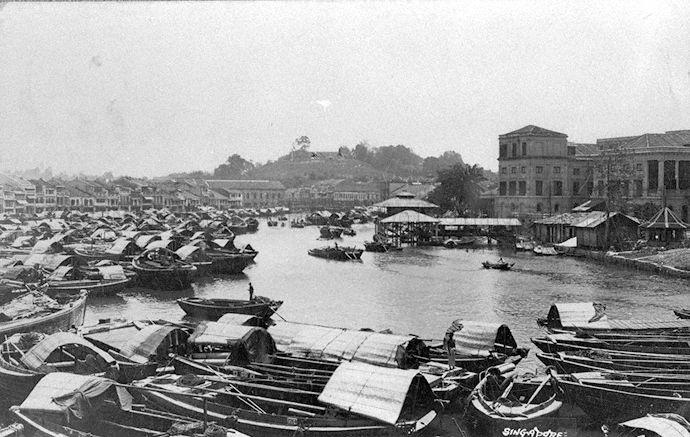 Photo from NAS
Photo from NAS
Due to flourishing trade and activity around the Singapore River since the island's modern founding as a port in 1819, the river became highly polluted and congested over the years.
At some point it also became a dumping ground for waste, which made it a health hazard.
In 1977, LKY initiated the Singapore River cleanup project to clean up the Singapore River and Kallang Basin. Under this project, about 46,000 squatters along the catchment areas had to be relocated.
This project also led to the construction of a comprehensive sewerage system to serve residents with modern sanitation.
1987: Singapore River project completed
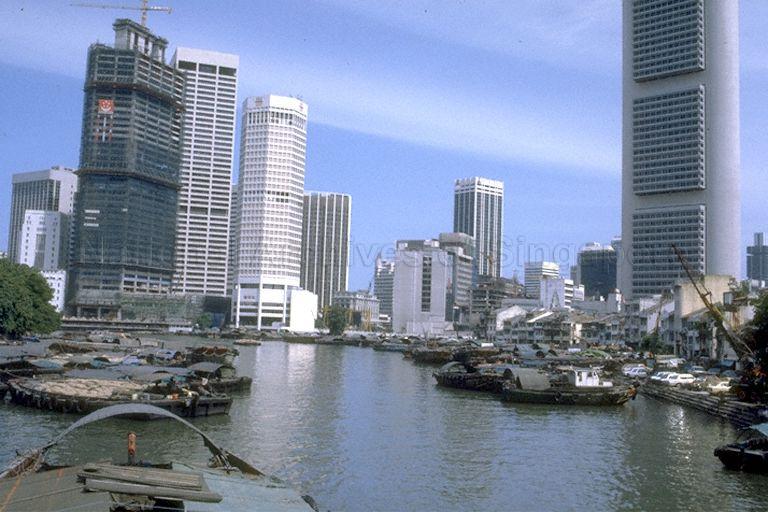 Photo from NAS
Photo from NAS
1990: Construction of Linggiu Reservoir
Singapore signed an agreement with Johor to construct Linggiu Reservoir in order to increase the yield of the Johor River. This agreement was a supplement to the 1962 Water Agreement.
1997: Hike in water prices
The government announced a hike in water prices when Malaysia threatened to block Singapore's water supply from Johor. This incident highlighted the vulnerability from over-reliance on external sources of water.
1999: The first phase of the DTSS commences
The Deep Tunnel Sewerage System (DTSS) is an underground superhighway for our crap transporting waste water to water reclamation plants.
You can see Phase 1 outlined in blue:
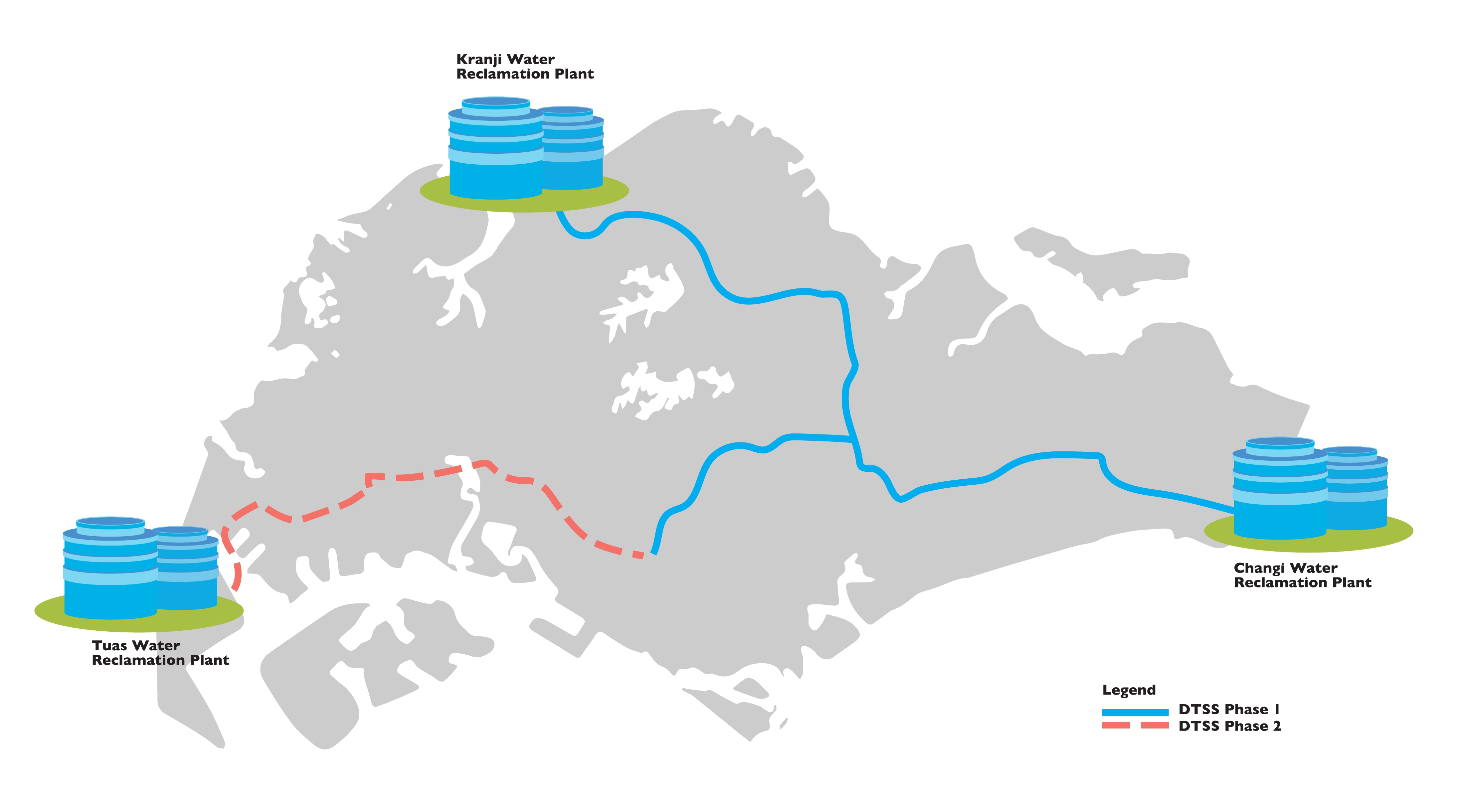 Photo from PUB.
Photo from PUB.
2000 - 2002: The beginnings of NEWater
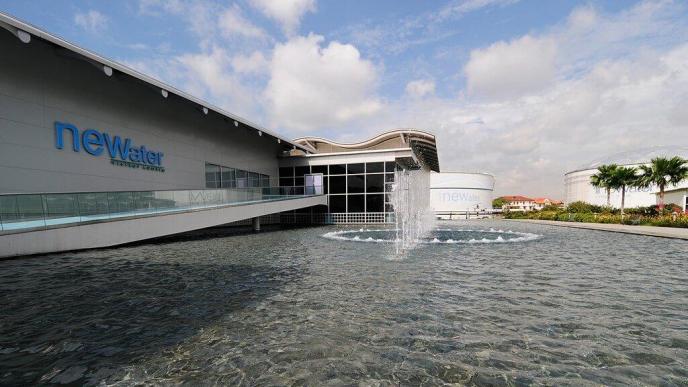 Photo from Museums
Photo from Museums
During this time, a prototype NEWater demonstration plant was opened at Bedok.
By 2002, the first two NEWater plants located in Bedok and Kranji were completed and water was reclaimed from treating sewage.
To inspire public confidence in the product, politicians were also seen drinking the water:
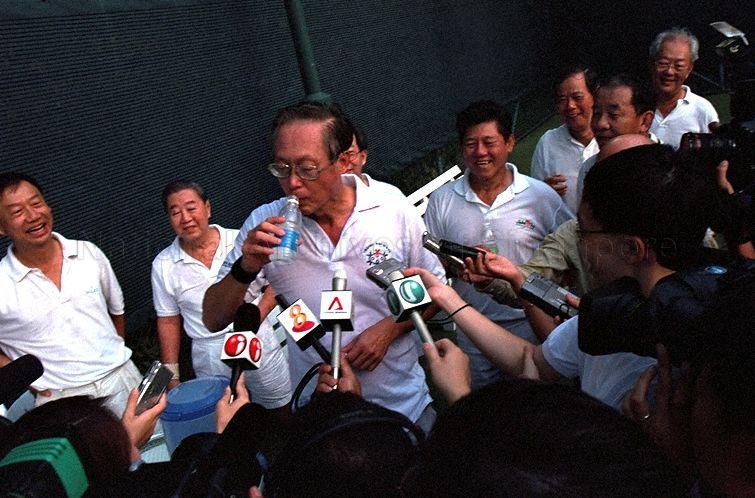 Then prime minister Goh Chok Tong drinks some NEWater after a tennis game. Photo from NAS
Then prime minister Goh Chok Tong drinks some NEWater after a tennis game. Photo from NAS
2005: SingSpring opens
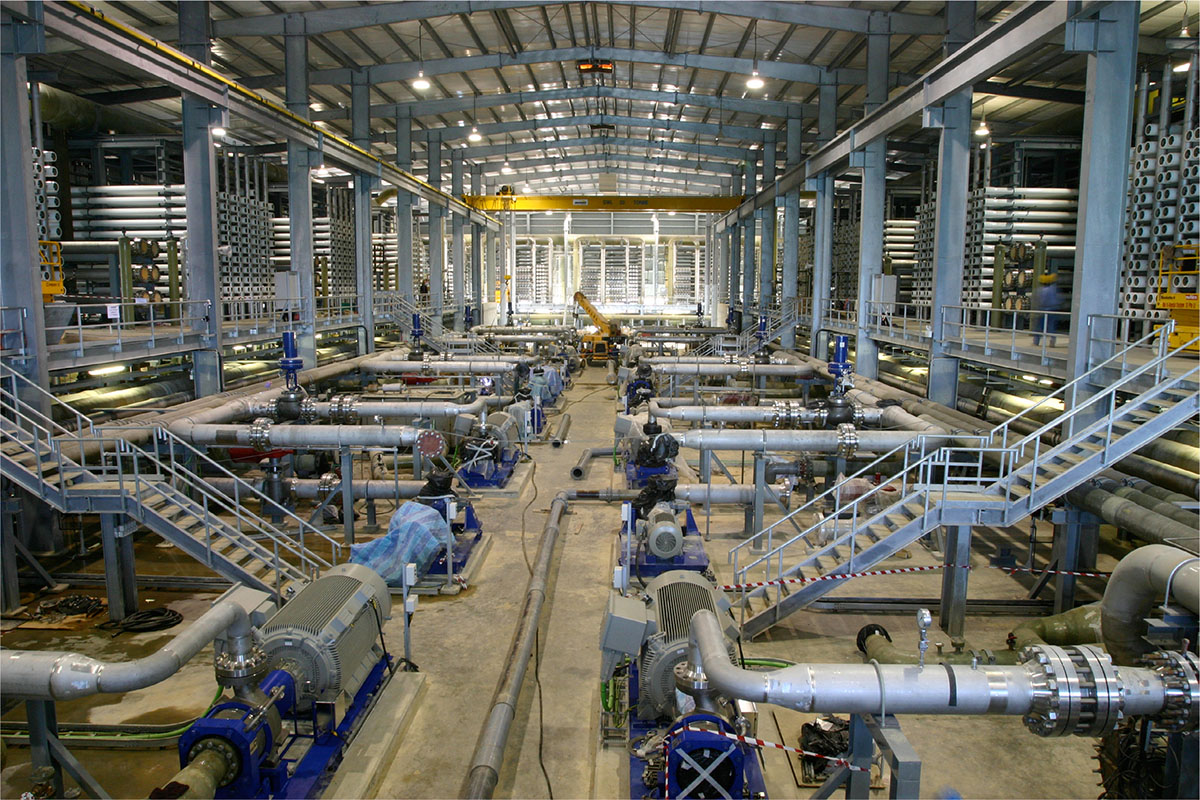 Photo from PUB via National Climate Change Secretariat
Photo from PUB via National Climate Change Secretariat
In September 2005, the SingSpring Desalination Plant opened in Tuas. The plant uses reverse-osmosis to produce up to 30 million gallons of water a day.
Together with local catchments, NEWater and imported water, desalinated water became our fourth "National Tap".
2008: Marina Barrage opens as Singapore's 15th reservoir.
Here are all of our water bodies:
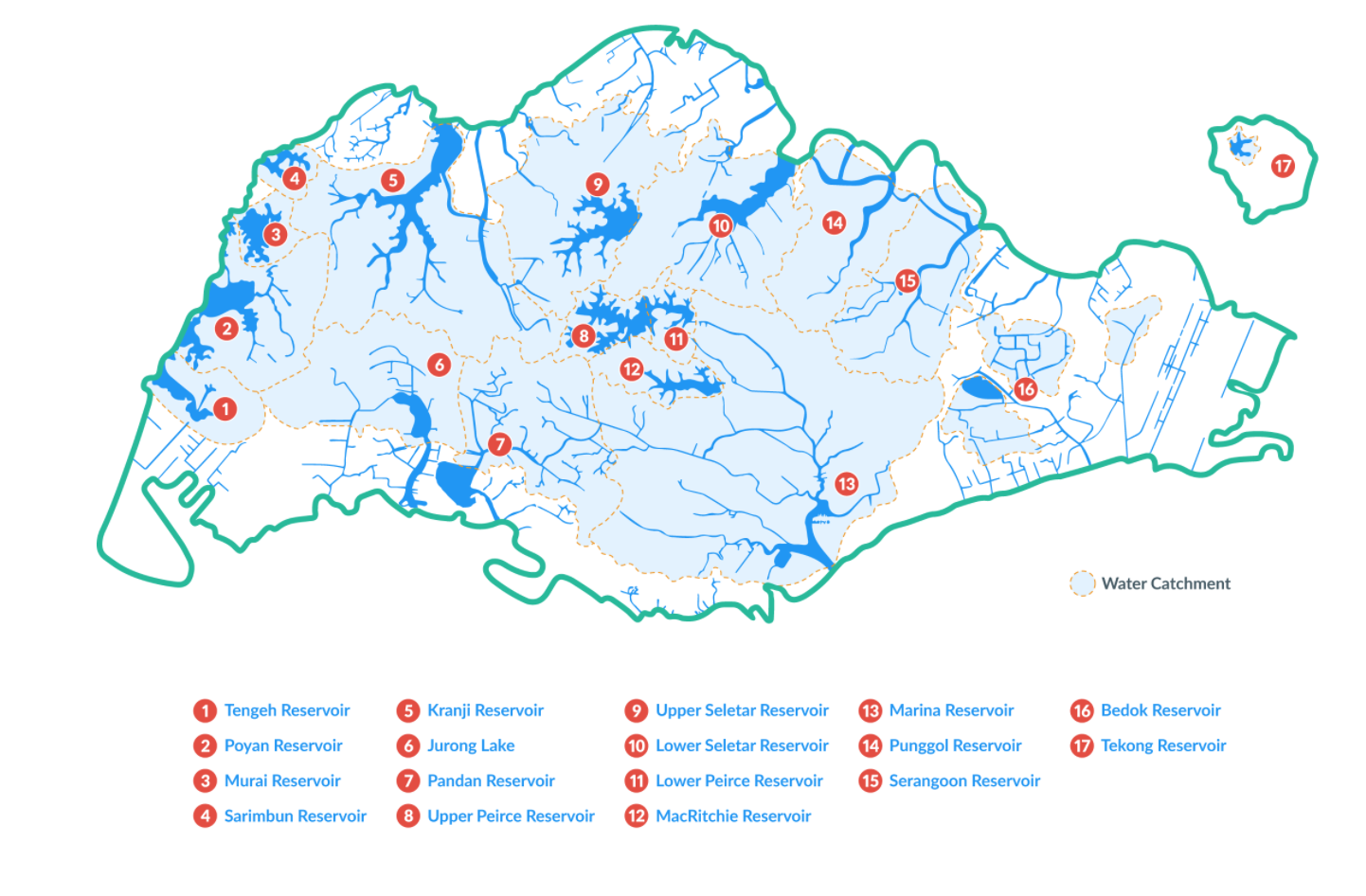 Screenshot from PUB
Screenshot from PUB
2011: First water agreement with Malaysia expires
This left Singapore with only one water agreement remaining, which is set to expire in 2061.
2017 and the great beyond: ?
We may have managed water sustainability for now, but we can never take our water supply for granted.
You can watch the Gov.sg video here:
Top photo composite image from NAS.
[related_story]
If you like what you read, follow us on Facebook, Instagram, Twitter and Telegram to get the latest updates.
